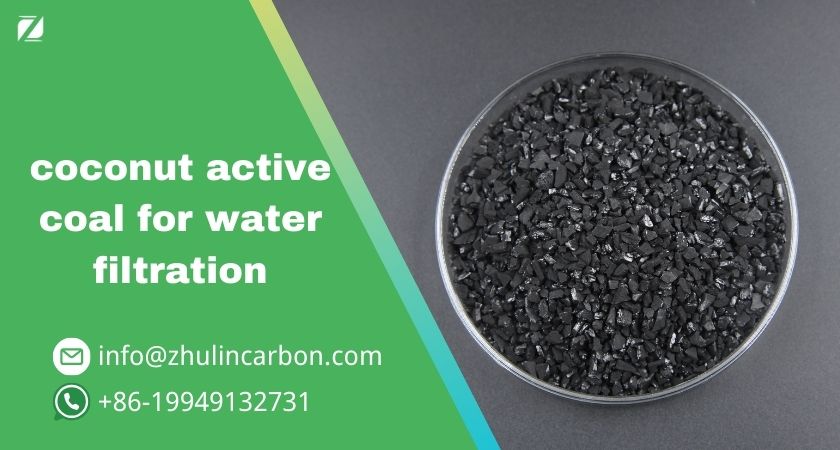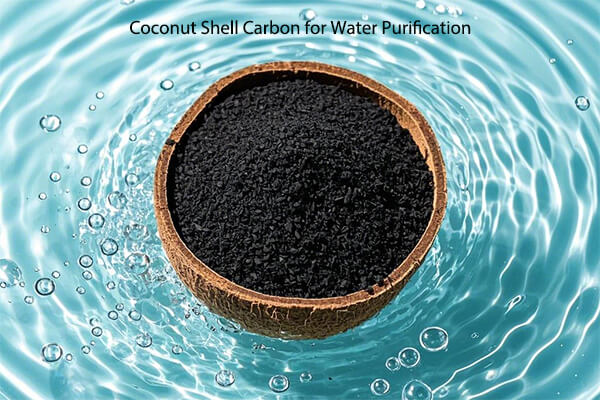
What is coconut shell-based activated carbon?
Coconut shell-based activated carbon is a highly porous filtration material produced from coconut shells. Its unique microporous structure, high hardness, and large surface area make it exceptionally effective for water purification. Compared to other carbon sources, coconut shell carbon offers superior durability and contaminant removal efficiency.Coconut shell activated carbon production process
The manufacturing of coconut shell activated carbon involves several stages, carefully controlled to ensure optimal activated carbon quality and good performance characteristics:• Raw Material Selection: Only mature coconut shells are selected, ensuring optimal density and carbon content
• Carbonization: Coconut shells are heated in an oxygen-free environment at temperatures around 600-800°C
• Activation: The carbonized material undergoes physical or chemical activation at temperatures between 800-1000°C, creating a complex network of micropores
• Crushing and Screening: Coconut shell activated carbon needs to be crushed into the specific size (commonly 6*12, 8*30, 20*40mesh) and followed by multi-stage screening to ensure uniform particle distribution
• Package: Classified activated carbon is packed in moisture-resistant bags (typically 25kg or 500kg bags) with proper labeling that includes mesh size, batch number, and production date for easy identification and traceability
This carefully controlled production process results in a high-performance filtration material that combines excellent adsorption properties with superior hardness and durability, making it ideal for water treatment applications.
What does coconut carbon remove from water?

Coconut shell activated carbon is highly effective in water purification due to its unique microporous structure and large surface area, typically ranging from 1000-1200 m²/g. The highly developed internal pore structure, particularly rich in micropores (<2 nm) and mesopores (2-50 nm), makes it especially effective for capturing both organic and inorganic pollutants, resulting in cleaner, better-tasting water.
It can mainly remove the following contaminants:
• Organic Compounds
• Chlorine and chloramines
• Volatile Organic Compounds (VOCs)
• Pesticides and herbicides
• Disinfection byproducts (THMs, HAAs)
• Musty/earthy odors (MIB, geosmin)
• Hydrogen sulfide
• Heavy Metals
Coconut shell activated carbon parameters:
| Item | Coconut Shell Based Activated Carbon |
| Iodine | 1000-1200 mg/g |
| Surface area | 1000-1200 m²/g |
| Hardness | 98% min |
| Ash | 3% max |
| Moisture | 5% max |
| Bulk density | 0.45-0.50 g/cm³ |

